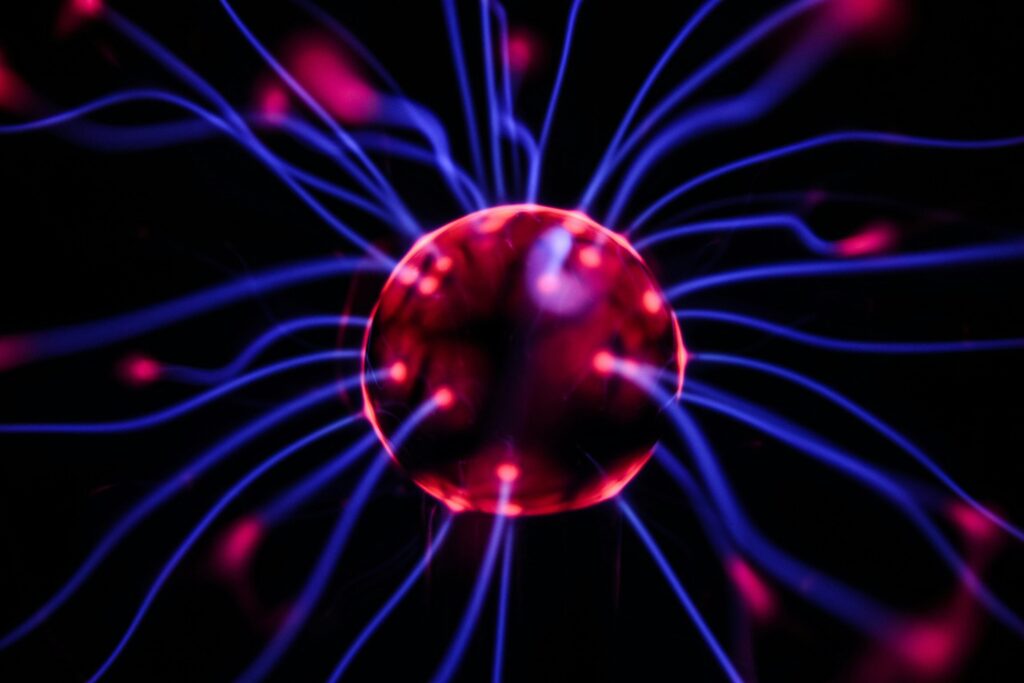When someone struggles with Generalized Anxiety Disorder (GAD), a common question arises: Is this anxiety a genuine condition or just something we imagine? To put it simply, GAD is very real—it’s not just “in our heads” but involves actual changes in brain function and chemistry. Let’s explore why this is the case and what it means for those who live with it.
What is GAD?
Generalized Anxiety Disorder is characterized by excessive, uncontrollable worry about everyday life events. This worry can be so overwhelming that it interferes with daily activities and overall quality of life. People with GAD often find it difficult to relax or feel at ease, even when there’s no obvious threat.
The Science Behind Anxiety
The notion that anxiety is merely a state of mind is a misunderstanding of the complex interactions between our brain, body, and environment.
Here’s a breakdown of how GAD is grounded in real, measurable changes:
Brain Activity:
Research shows that certain areas of the brain, like the amygdala (responsible for fear responses) and the prefrontal cortex (which helps regulate emotions), can be overactive in individuals with GAD. This heightened activity contributes to the persistent feelings of anxiety and worry.
Neurotransmitters:
Imbalances in neurotransmitters like serotonin and norepinephrine, which help regulate mood and stress responses, are often found in those with GAD. These chemical imbalances play a significant role in the anxiety experience

Brain Connectivity:
Studies have indicated altered connectivity between different brain regions involved in emotional regulation. This disrupted communication can exacerbate feelings of anxiety and make it harder for individuals to manage stress effectively.Why It Feels Real
If you’ve ever felt overwhelmed by anxiety, you know it’s not just a mental construct—it affects your entire being. The physical symptoms of GAD, such as increased heart rate, sweating, or trembling, are very real and can be distressing. These physical manifestations are the result of the brain’s stress response system being in overdrive.Living with GAD
For those with GAD, the anxiety is not a matter of willpower or imagination but a condition that requires understanding and management. Treatment often includes a combination of therapy, medication, and lifestyle changes:
Therapy: Cognitive Behavioral Therapy (CBT) can help individuals reframe their thinking patterns and develop coping strategies.Medication: Medications can help balance neurotransmitters and reduce anxiety symptoms.
Lifestyle Changes: Techniques such as mindfulness, regular exercise, and a balanced diet can support mental health and reduce anxiety
.1. Neuroimaging of Generalized Anxiety Disorder: A Review
Conclusion:
Neuroimaging studies reveal that individuals with GAD often show increased activity in brain regions associated with emotional regulation and fear, such as the amygdala. Structural changes, such as alterations in gray matter volume in these regions, also suggest an altered neuroanatomy in people with GAD.
2. Neurobiological Mechanisms of Generalized Anxiety Disorder: A Review
Conclusion:
GAD is linked to several neurobiological mechanisms, including dysregulation of neurotransmitter systems, particularly serotonin and norepinephrine. The review highlights that abnormalities in these neurotransmitter systems contribute to the development and maintenance of anxiety symptoms. Additionally, changes in brain areas involved in stress response, like the amygdala and prefrontal cortex, are significant in GAD.
3. The Role of Neurotransmitters in Generalized Anxiety Disorder
Conclusion:
Neurotransmitters play a crucial role in GAD. Imbalances in serotonin and norepinephrine are particularly important. These imbalances affect mood and stress responses, contributing to the heightened anxiety experienced by individuals with GAD. The research emphasizes that effective management of GAD often involves addressing these neurotransmitter imbalances.
4. Generalized Anxiety Disorder and Brain Connectivity: A Review
Conclusion:
Individuals with GAD exhibit altered brain connectivity patterns. Specifically, there is disrupted communication between brain regions responsible for emotion regulation and stress responses. These changes in connectivity contribute to the persistent and excessive worry characteristic of GAD
5. Cognitive Behavioral Therapy for Generalized Anxiety Disorder: A Meta-Analysis
Conclusion:
Cognitive Behavioral Therapy (CBT) is effective in reducing anxiety symptoms in individuals with GAD. The meta-analysis supports CBT as a valuable treatment approach, showing significant improvements in anxiety levels and overall functioning. CBT helps by addressing maladaptive thinking patterns and behaviors associated with GAD.
Generalized Anxiety Disorder is a real condition with tangible effects on the brain and body. It’s not simply “in our heads” but involves complex biological and psychological factors. Understanding this can help reduce stigma and encourage those affected to seek the support and treatment they need. Remember, anxiety is a genuine challenge, and addressing it with empathy and effective strategies is crucial for improving well-being and quality of life.

